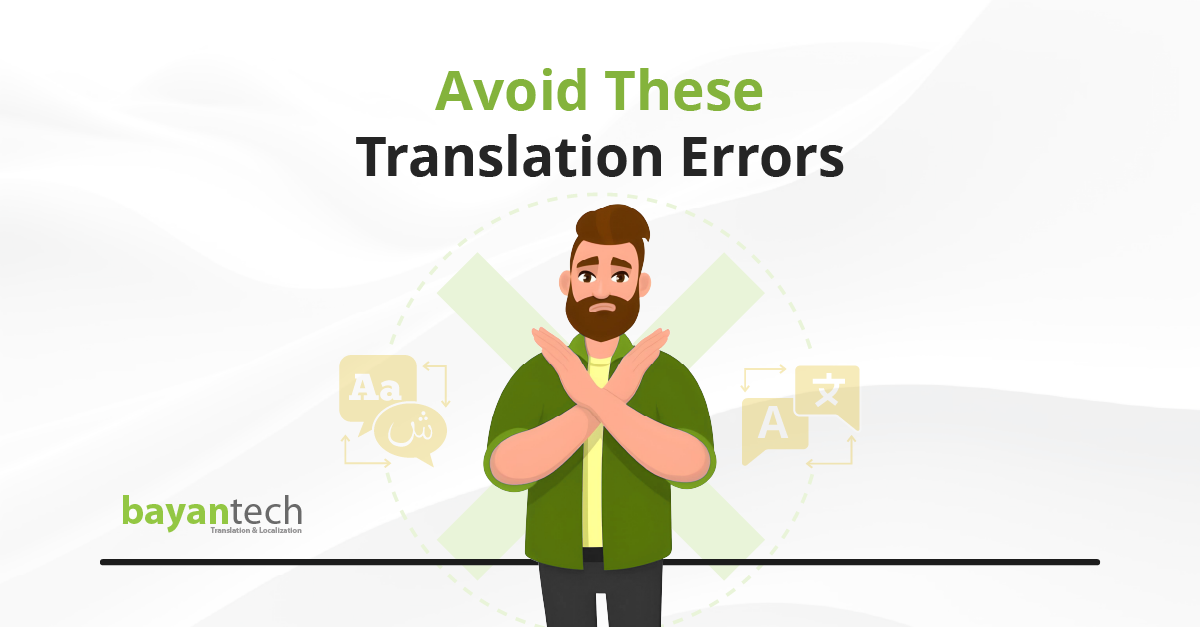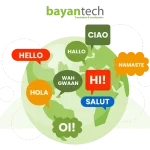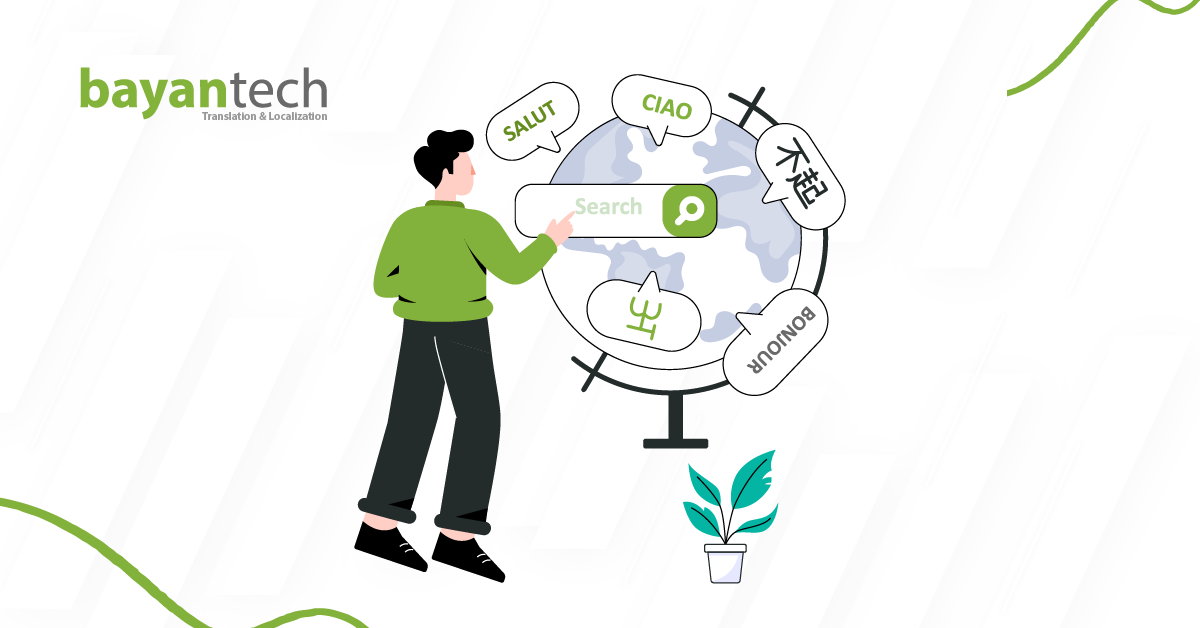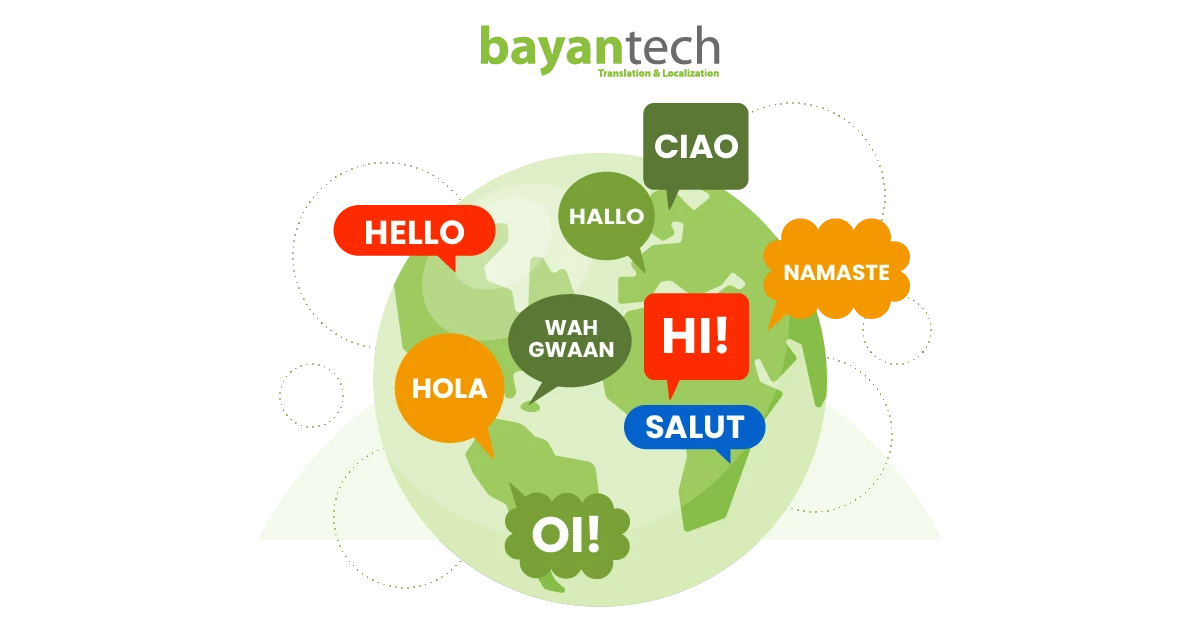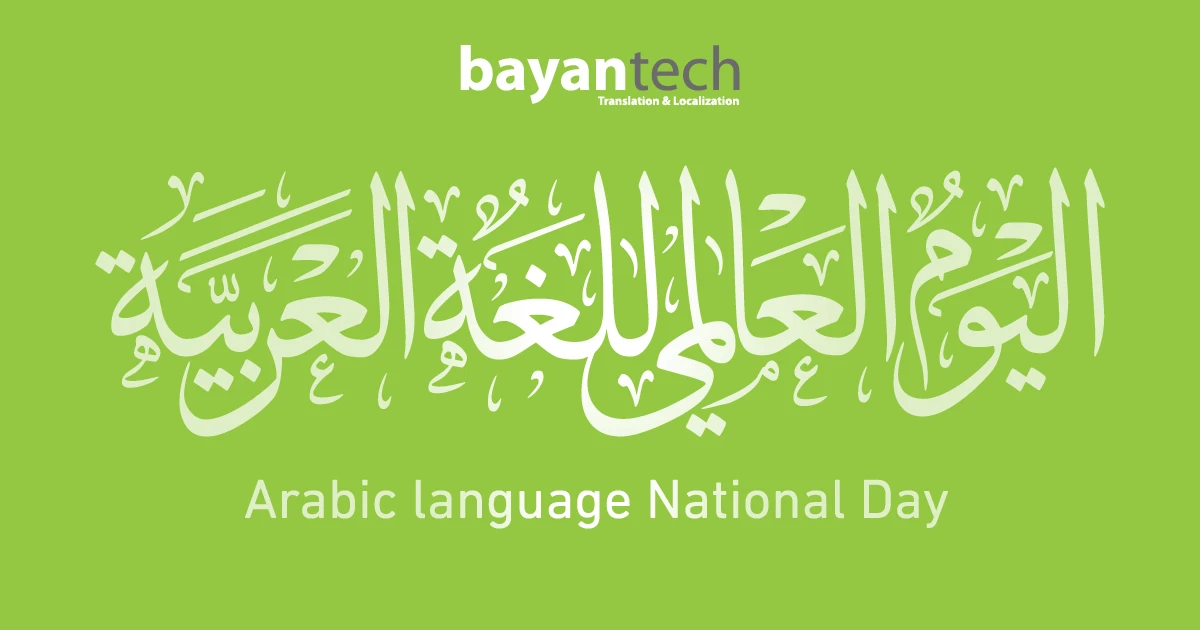Have you ever read something in your native language and instantly known it was a case of bad translation? Maybe a menu item offering “lamp meat” or a sign that says, “Don’t Try to Open the Doors Manuel”…
While these translation errors are fun to laugh at, mistakes like these can cost companies millions, especially when they appear in global marketing campaigns.
Major brands like KFC, Pepsi, and Mercedes-Benz have fallen into this trap and faced grave consequences. So, why do these translation errors happen in the first place and how can you avoid them?
Let’s break it down.
Translation Errors That Cost More Than Just a Laugh
Translation errors can range from awkward phrasing to outright mistranslations of the source text. These mistakes often happen when the translator isn’t a professional, isn’t a native speaker, or lacks subject-matter expertise, whether in marketing, law, medicine, or other specialized fields.
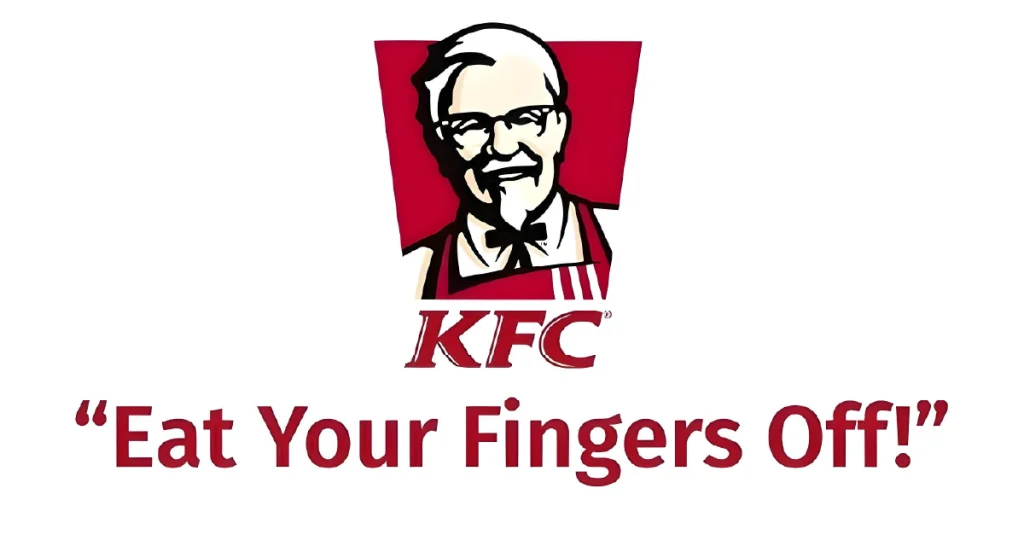
One famous example of entering the Chinese market on the wrong foot is KFC’s slogan “Finger-lickin’ good,” which was translated as “Eat your fingers,” an unfortunate (and unappetizing) case of accidental cannibalism.
(It’s no coincidence that both of these blunders happened in Chinese markets; Chinese is widely considered one of the hardest languages to translate into.)
When your brand image and sales are on the line, poor translation does more damage than you might think. It confuses customers, damages trust, and in some cases can lead to legal trouble or cultural backlash.
Why Do Translation Errors Happen in the First Place?
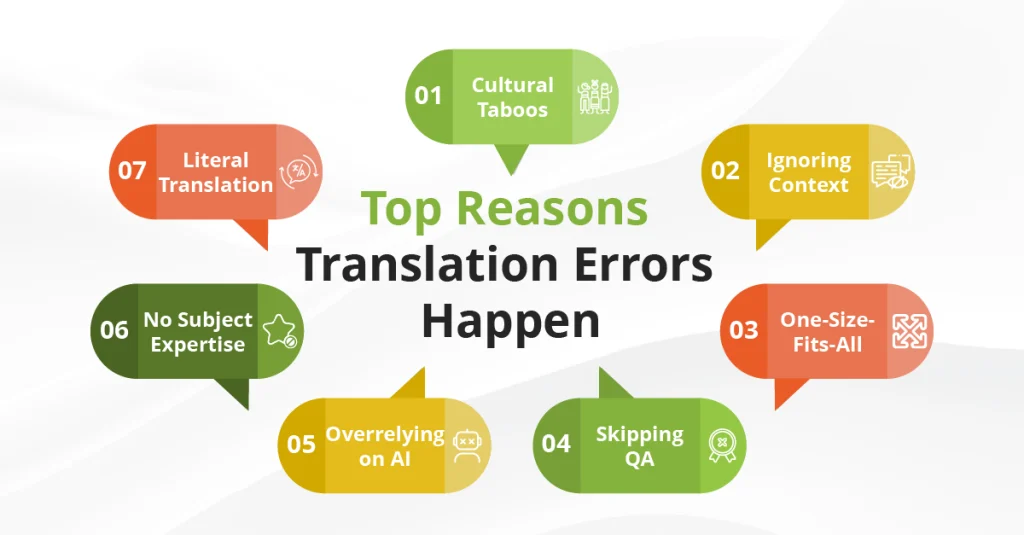
So, what causes translation errors to slip through the cracks? Here are some of the most common reasons:
- Word-for-word translation without considering context. For example, the word “date” could mean a romantic evening or a fruit; context is everything.
- Ignoring cultural taboos in the target language, which can lead to translations that seem fine on the surface but are offensive or inappropriate to local audiences.
- Working with inexperienced translators who lack proper training, credentials, or subject-matter expertise.
- Relying solely on machine translation and AI, especially for complex fields like medical, legal, or scientific content, where accuracy is critical.
- Underestimating the complexity of certain languages, such as Chinese or Arabic, which differ greatly from Romance languages in writing direction, grammar, and sentence structure.
Famous Translation Mistakes
Pepsi
In an unfortunate cultural misstep, Pepsi’s “Pepsi Generation” slogan was translated in China as “Pepsi brings your ancestors back from the dead.” In a culture where honoring ancestors is sacred, this was more than just a linguistic error.
HSBC
The international bank’s slogan “Assume nothing” was mistranslated in several markets as “Do nothing.” The confusion led to a costly $10 million global rebranding effort, introducing the new slogan: “The world’s private bank.”
Mercedes-Benz
In an effort to localize, the brand entered the Chinese market as “Bensi.” Unfortunately, in Chinese, it means “rush to die,” a message you do not want from a car manufacturer.
Honda
In 2001, Honda launched a new model called the “Fitta” in Nordic countries, unaware that the word is a vulgar slang term for female genitals in Swedish, Norwegian, and Danish. The car was quickly renamed the “Jazz.”
Lost Trust, Brand Damage, and Millions in Missed Revenue
The consequences of translation mistakes can be serious, especially for small businesses looking to expand internationally without the luxury of million-dollar rebranding campaigns.
Here are some of the key risks of poor translation:
- Loss of customer trust and loyalty: In fact, 49% of Gen Z consumers are less likely to buy from a brand that delivers an impersonal or disconnected experience.
- High costs of damage control: As seen in the examples above, even global brands have had to withdraw and relaunch entire campaigns, costing them millions.
- Legal consequences: In more severe cases, translation errors can lead to regulatory issues or lawsuits.
- Lasting negative brand perception: Cultural misalignment can create a bad first impression that’s hard to undo.
- Decline in sales and visibility: Mistranslated SEO keywords, product descriptions, or marketing copy can drastically affect search rankings, customer engagement, and ultimately, revenue.
What Can Your Brand Do to Prevent Translation Mistakes
- Work with professional translators who specialize in your industry, not just bilingual speakers. Subject-matter expertise ensures more accurate, relevant translations.
- Integrate CAT tools like Trados Studio, MemoQ, and Phrase in the translation process to help maintain consistency and speed.
- Build and maintain glossaries and translation memories to establish approved term lists and reuse past translations, ensuring a consistent brand voice across markets.
- Validate translations with local linguists by having native, in-market reviewers check tone, idioms, and cultural references in marketing and ad copy.
- Provide context by avoiding isolated strings. Share visuals, details about the target audience, and project goals so translators can adapt content effectively.
- Run a thorough multilingual QA process to review all translated assets, such as UI, packaging, manuals, and subtitles, for accuracy, formatting, and cultural fit before launch.
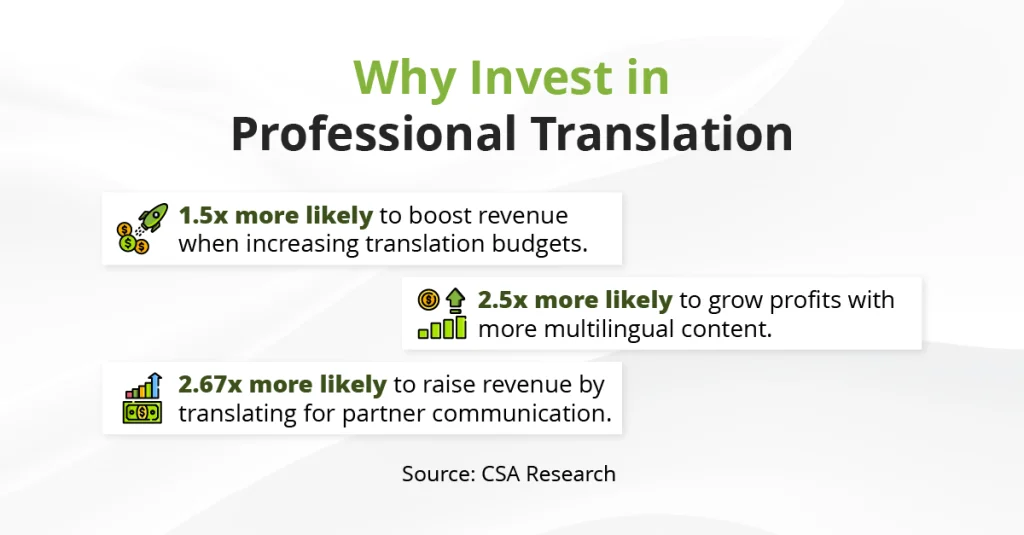
What to Avoid in a Translation Service Provider
Before starting any translation project, it’s important to research and vet potential language service providers (LSPs). Here are some red flags that may indicate a provider isn’t the right fit:
- They overpromise on speed without mentioning quality control steps or a proper QA process.
- They rely on bilingual individuals with no professional translation training or relevant certifications.
- They don’t ask about your brand tone of voice or target audience, which is critical for effective communication.
- They only offer basic translation, without services like localization, transcreation, or specialized marketing translation services for creative content.
- They don’t ask about the specific locale you’re targeting and default to a one-size-fits-all approach, for example, using Latin American Spanish when some Spanish-speaking countries may require Castilian Spanish instead.
Avoid Translation Errors: Partner with bayantech
To steer clear of translation mishaps (and prevent your customers from “eating their fingers off”), it’s essential to work with experienced professionals for your translation and localization projects.
bayantech’s ISO-certified translation services are powered by expert human translators and a streamlined workflow designed to ensure quality and efficiency. With deep linguistic and technical expertise, our team delivers accurate, culturally relevant translations in over 120 languages.
Contact us now!

